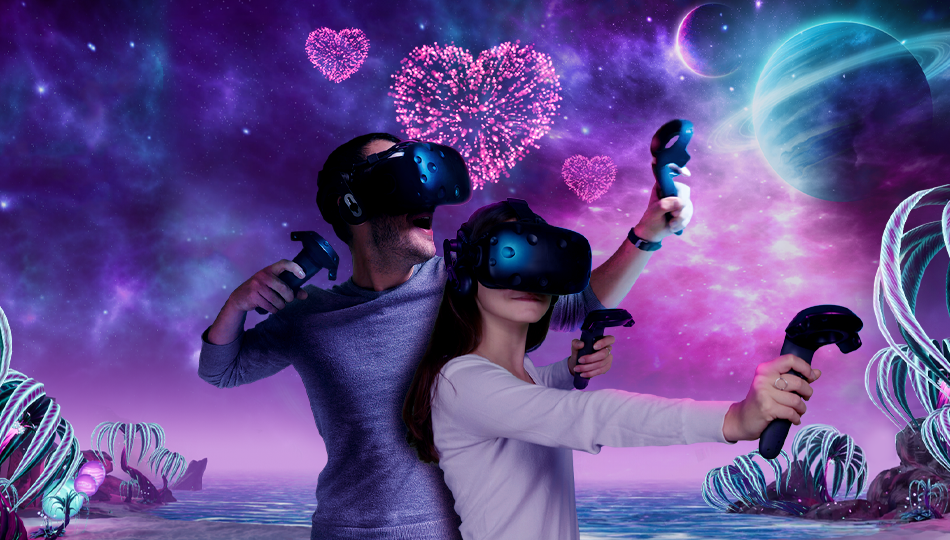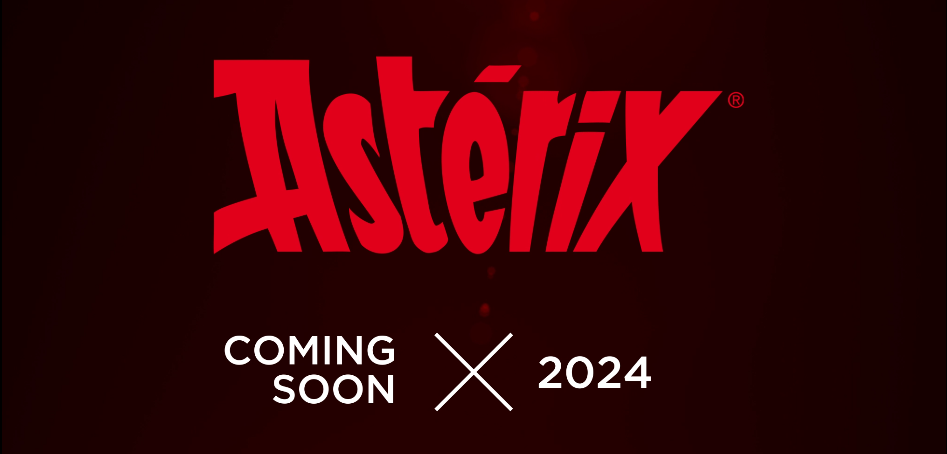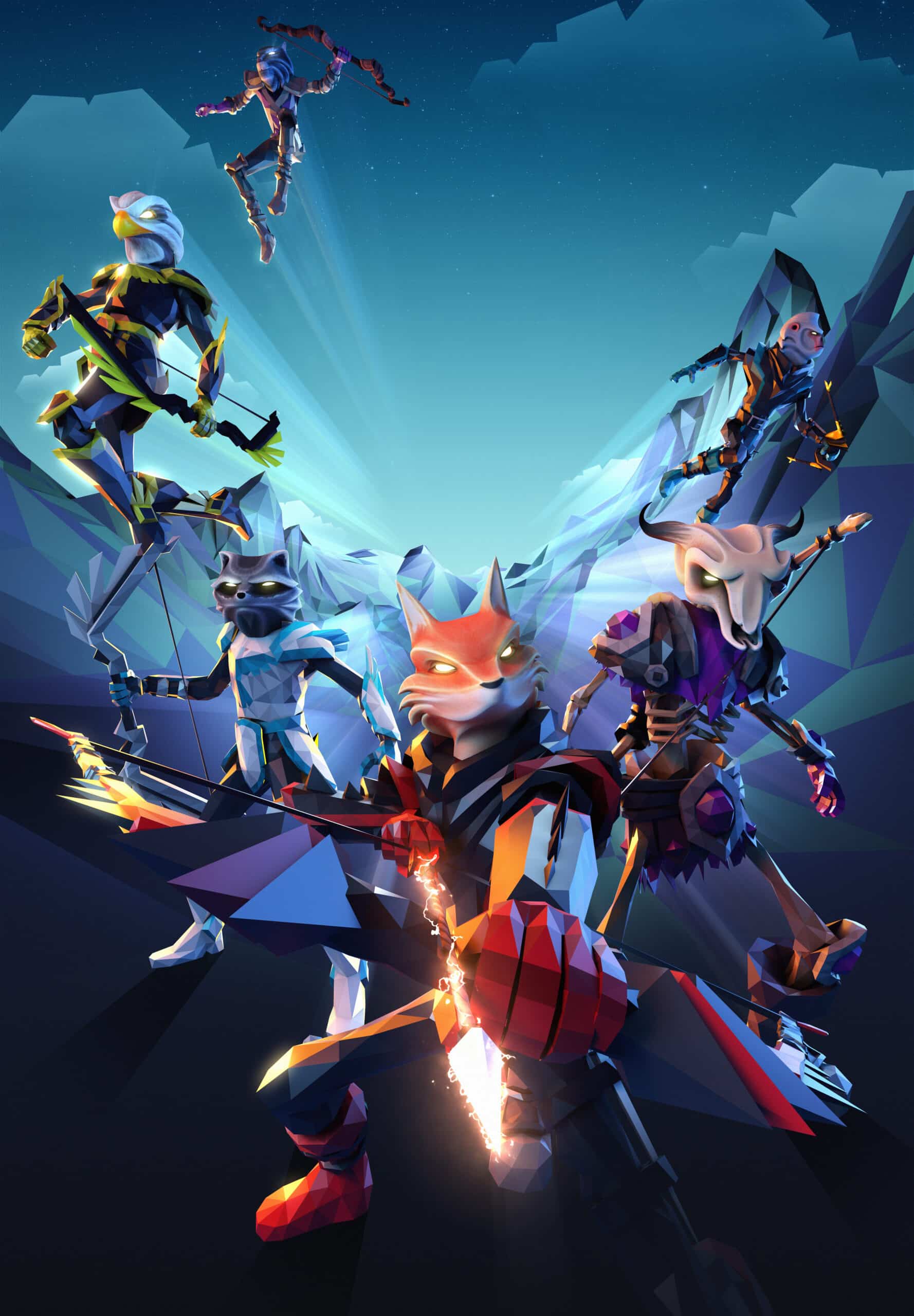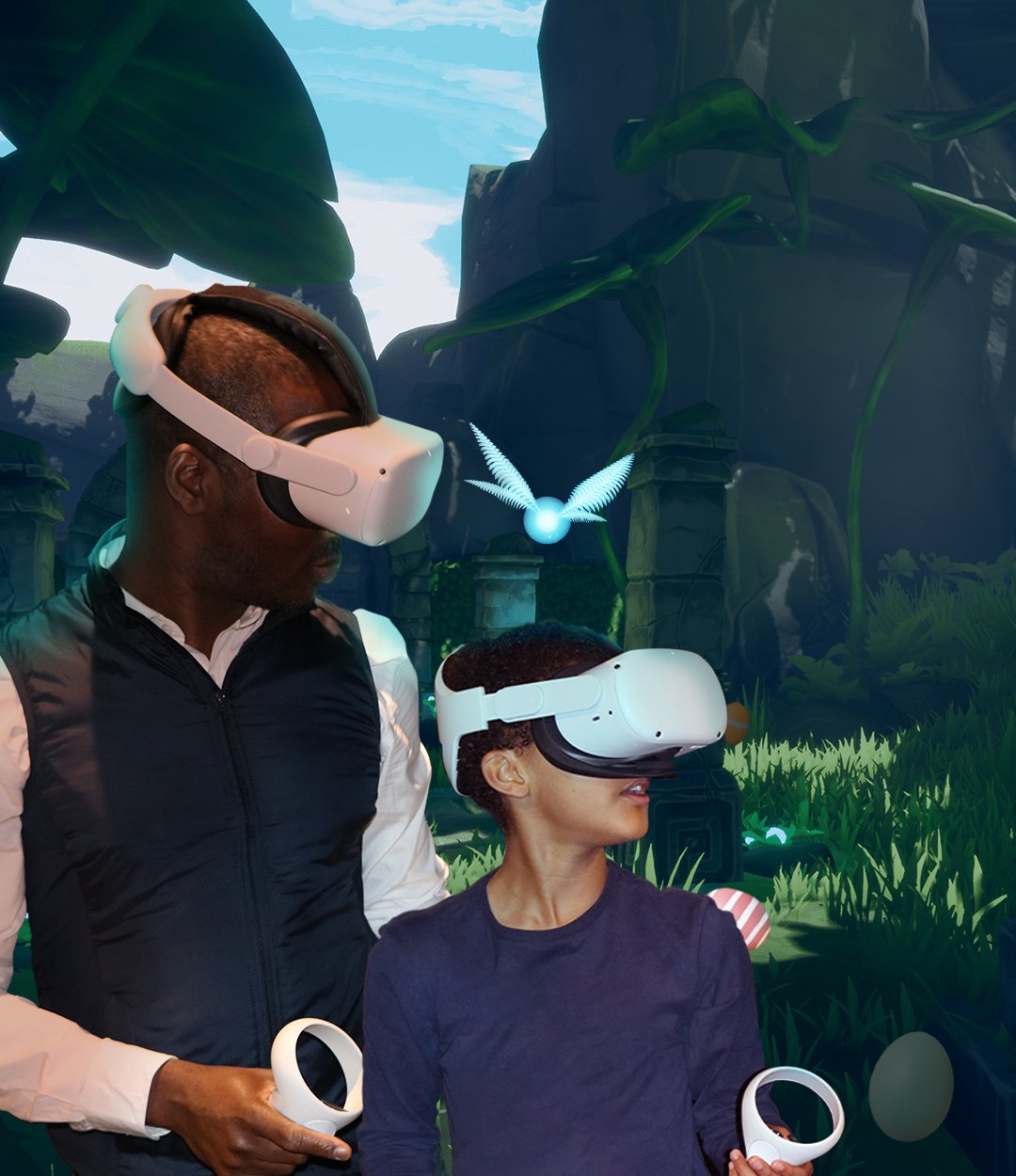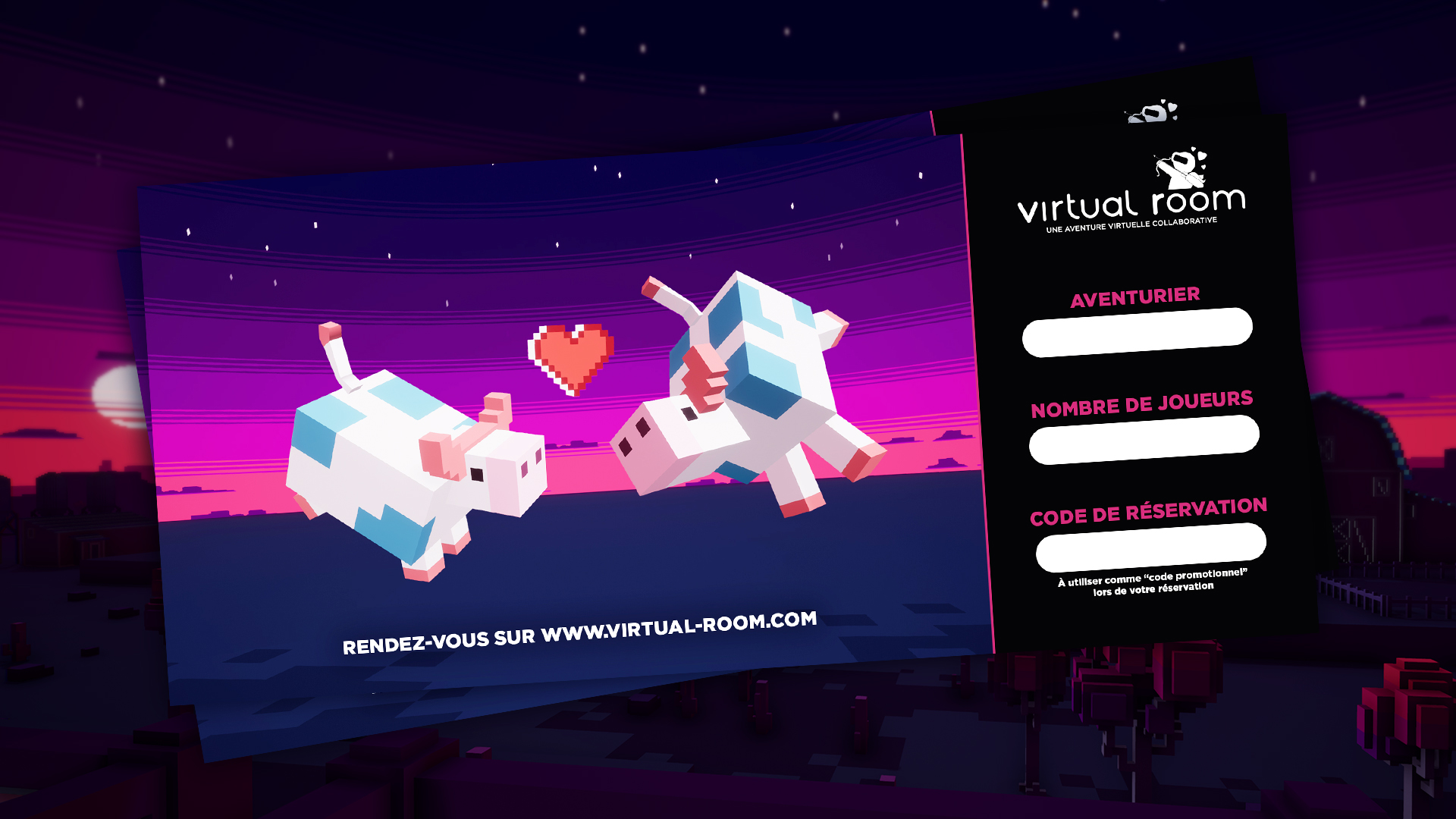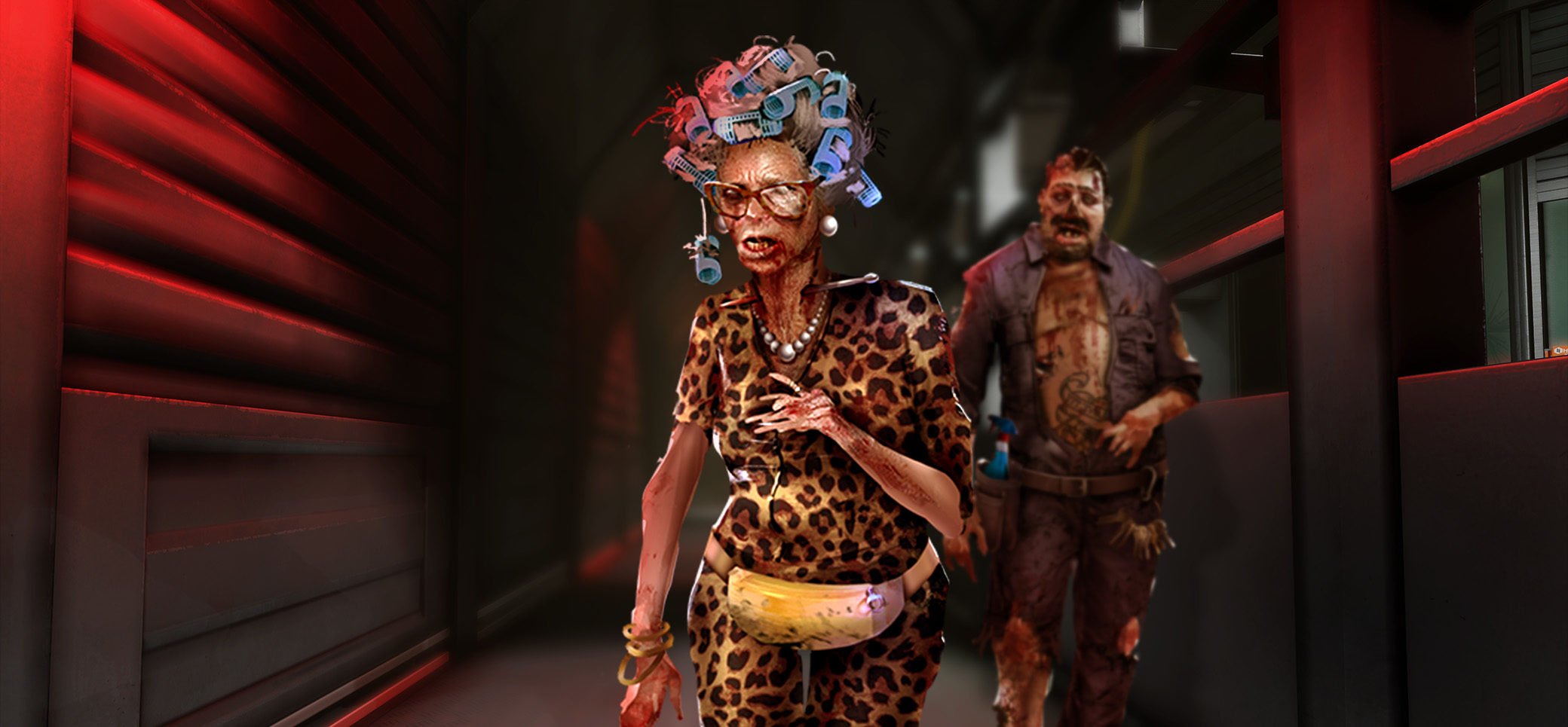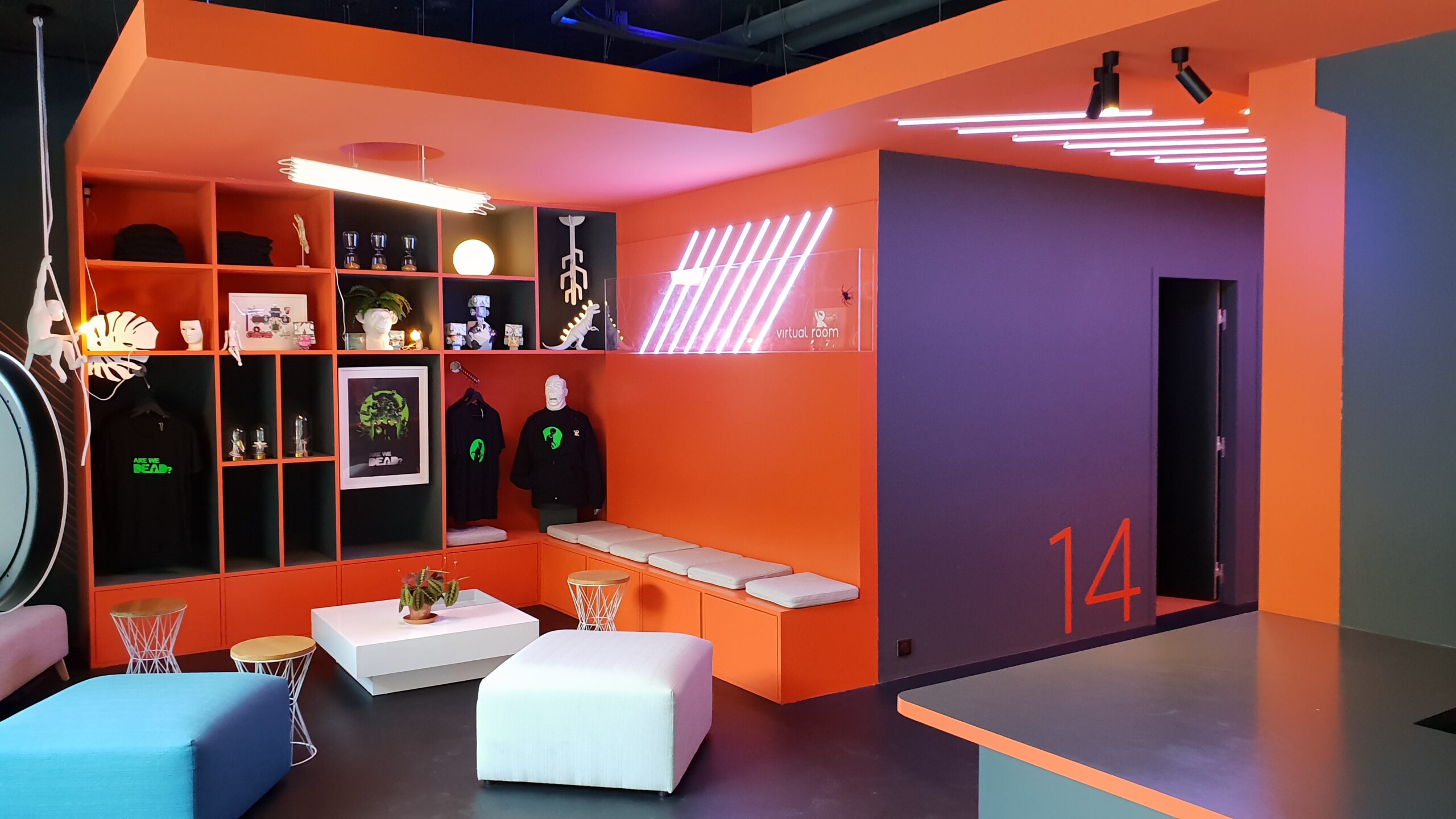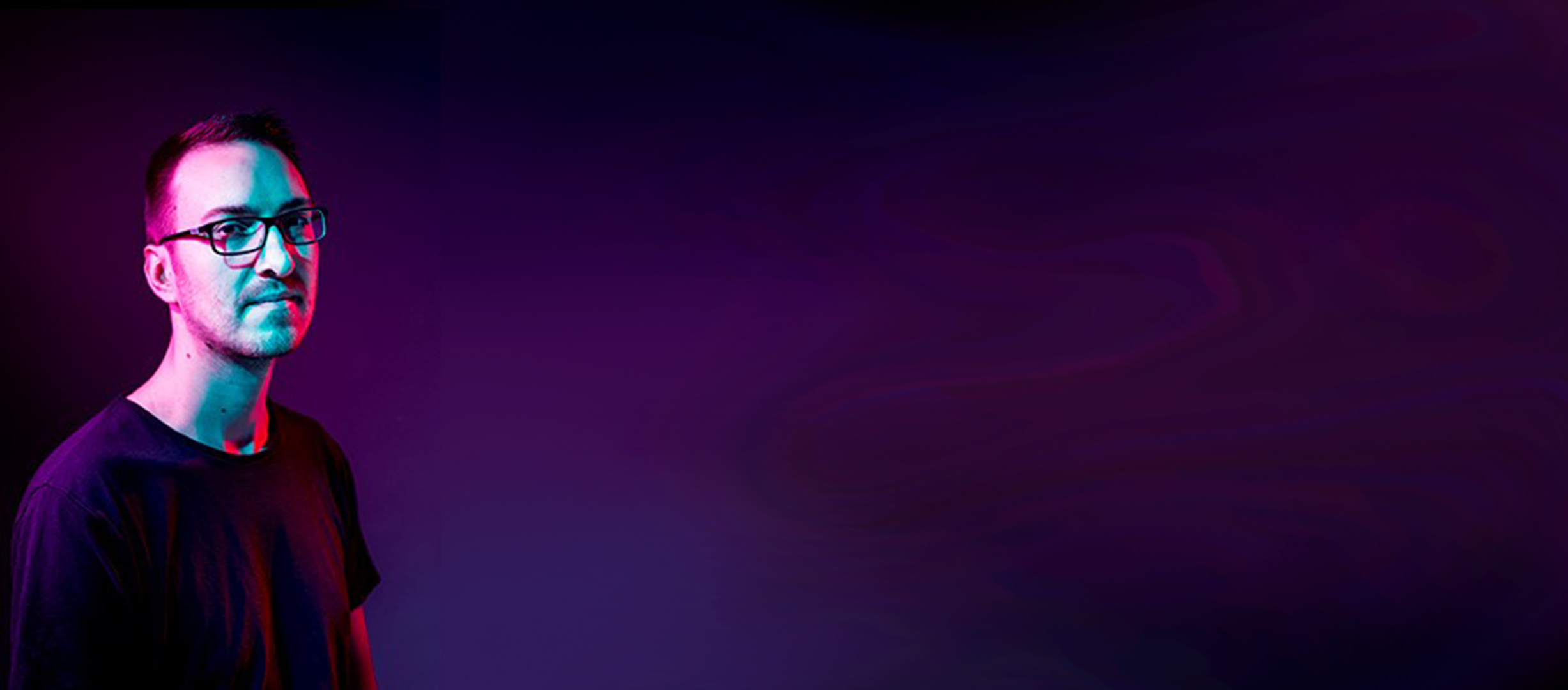

Virtual Room, the first virtual reality venue in France, is known for its team-based experiences that are original and accessible to everyone. Did you know that the company has its own game development studio and offers adventures that are 100% made in France?
Focus on the development studio Virtual Room with one of the studio members!

The history of the development studio
Founded in 2016, Virtual Room was born from the collaboration of 4 puzzle and 3D enthusiasts, driven by the vision to create virtual reality games where collaborative aspects are paramount.
Today, the studio has developed 3 virtual reality adventures and is currently working on its next game, Francis tells us; he’s been a 3D supervisor working on the games since the beginning of the Virtual Room adventure. Francis has mastered the art of assembling polygons to bring virtual objects to life.
It took a little over 6 months of development for the first game, Time Travel: Chapter 1, to come to life.
It was released in the first Virtual Room venue in Paris in February 2017, propelling players into a time-travel journey to save the world.
The second game, Time Travel: Chapter 2, took a year to produce and continues the legacy of the first game by pushing the concept of time travel further with richer and more interactive environments.
It was in late 2018 that the development studio took a significant turn with the development of its games with the third mission: “AreWeDead.” explains Francis. No more missions through time and space; this time, you step into the shoes of a zombie fighting for the survival of its species. The game took a little over a year to develop and was awarded at SATIS – 360 Film Festival 2019 awarded it two prizes: Best Interactivity / Integration and Best Immersion.
The 3D graphic designer explains that AreWeDead is the first Virtual Room game to integrate real humanoids as player avatars and other characters in the game. In this installment, he was responsible for modeling the 4 avatars that players embody.
Each zombie was meticulously crafted down to the smallest details so that players truly feel like they are embodying the (decaying) skin of a zombie. Special attention was given to the hands and manicures because they are the main visible elements for the players.
A more complex effort compared to the avatar from mission 1, which depicts the player as a bust of armor with a helmet and gloves.

Today, the studio is developing a fourth game that will integrate new mechanics and an original universe to discover. Once again, Francis will be responsible for the 3D modeling of player avatars and certain elements of the environment.
The development team
There are a large number of professions in the field of video games. Many skills are required to imagine and create a graphical universe, program game elements, and make everything function together.
In the Virtual Room team, you can find:
- Screenwriters
- Project managers
- Game designers
- FX Artist
- Concept artists
- 3D graphic designers
- Developers
- Sound designers
The development stages
The approach to video games at Virtual Room is not what one would expect to see in a video game development studio, begins Francis. Development will be faster and more condensed, as some stages will be launched in parallel with each other and will have a higher completion rate.
He explains to us how things work within the Virtual Room studio.
The basic idea of the game will be provided by the screenwriters, who will first work on the storyline of the future video game. This storyline will then be adapted with the game designer to develop the gameplay, game mechanics, and make it as engaging as possible. These game functionalities, called ‘features,’ along with all the elements that need to be included, will be compiled into a very important document: the game design document. This document will then be used by the developers and 3D graphic designers to bring the game to life, explains Francis.
Simultaneously with these stages, the concept artists will produce concept art that will be used to create the visual environment of the future game. They are the ones who will bring the ideas of the screenwriters to life and visually translate them. At the same time, developers will work on programming the game’s architecture by analyzing and developing some of its functionalities. Once these stages are completed after approximately 2 months of production, other roles will then come into play.
Francis and the other 3D graphic designers’ role will be to model all the game elements based on the previously created concept art. These elements can include environments, interactive objects, or both player and non-player characters that will make up the game. Among the elements modeled by our speaker, we can notably find the avatars for various missions as well as several worlds from missions 1 and 2.

The developers will then be tasked with programming the video game using their programming software, utilizing the models and elements created by Francis and his colleagues.
He explained that all the elements comprising the game will then be placed into a game engine. The engine is software that integrates several functionalities such as a 3D engine, an animation engine, tools for managing lighting and shadows, and more. This engine will significantly save time and compile all game elements together to display them correctly and make the game functional.
Throughout the development process, tests will be conducted to ensure the proper functioning of game elements and features. Once the game is completed, it will undergo a user testing phase to allow third-party individuals to test the game. For AreWeDead, there were no less than twenty user tests conducted.
The studio’s Easter eggs
To conclude this article on a lighter note, we asked Francis to share some anecdotes specific to the studio. Indeed, at Virtual Room, humor is always welcome, and studio employees are quite creative when it comes to hiding Easter eggs throughout the mission levels.

This is how you can find our 3D graphic artist Francis as the train conductor in the Western level of Mission 2, along with other colleagues featured on ‘Wanted’ posters. Also in Mission 2, particularly in one of our interlocutor’s favorite spots—the lobby photo—you can find a statue of the little figure from the Virtual Room logo when looking outside.

Mission 3 of AreWeDead also doesn’t fall short when it comes to hidden elements within its levels. Thus, you can find Virtual Room mugs throughout the adventure. But it’s especially in the bar at the end of the mission where you’ll find the most whimsical elements. Looking on the bar, amidst the delicious ‘zombie-esque’ dishes, you can find a paper figurine of one of the game’s avatars along with a sheet listing the game credits. Looking around, you’ll see a zombie wearing an AreWeDead T-shirt doing a famous dance from the game Fortnite, as well as a weather presenter bearing a strong resemblance to a certain American politician. On the other side, you’ll find a zombie in dire need. The 3D graphic artist initially suggested placing this zombie directly in the restroom, but the idea was not adopted.

Meanwhile, as we await new details and Easter eggs about Mission 4, we hope you’ve enjoyed learning more about the development studio behind Virtual Room. The creative teams, development teams, and all members of the studio work every year to provide you with unique, comfortable, and 100% made in France experiences!
